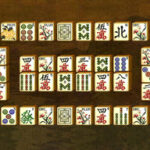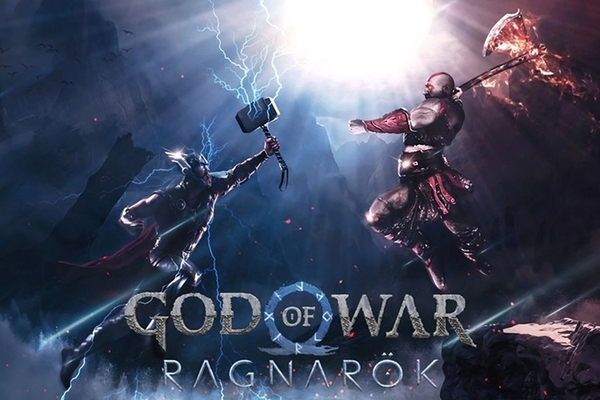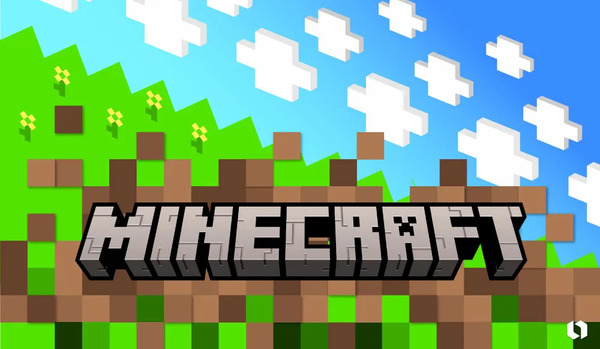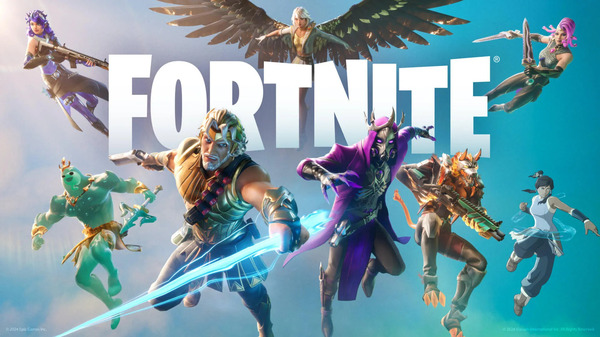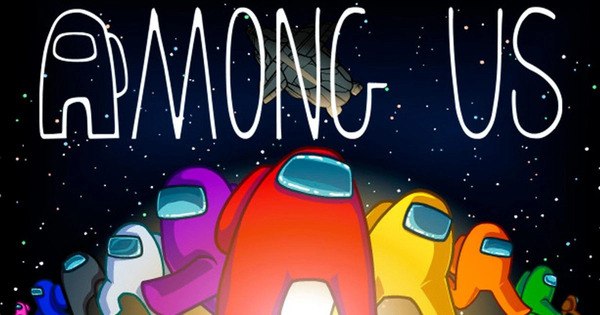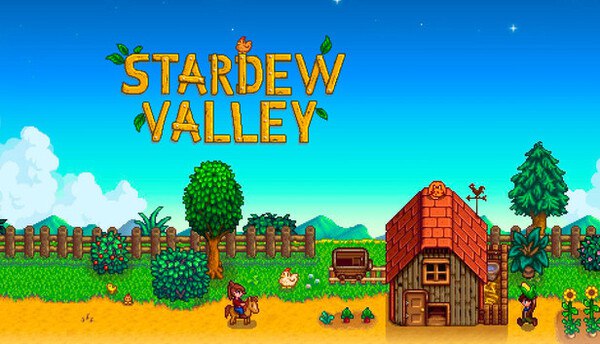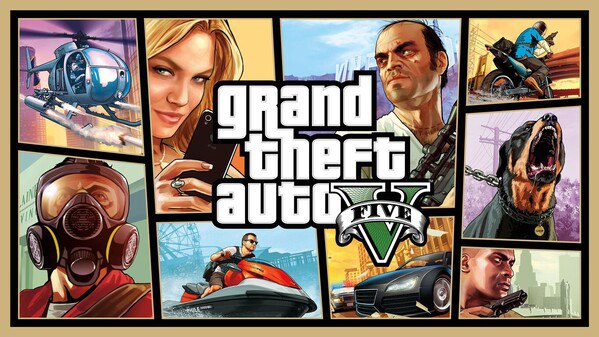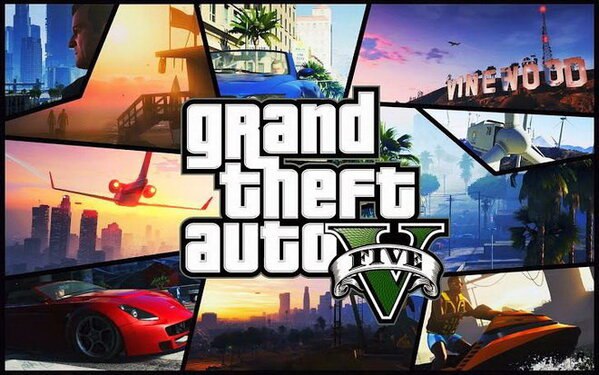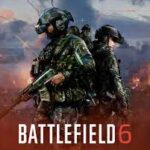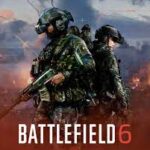1. Inception and Launch of Kalahari
The Kalahari map was introduced in 2018 as the second major battleground following Bermuda. Garena envisioned a map inspired by Africa’s Kalahari Desert, one that would challenge players with vast open spaces, rocky outcroppings, and sparse cover. Its purpose was to offer a gameplay experience distinct from urban or forest maps influenced by earlier design. Guns, vehicles and sightlines were configured for long range combat, rewarded smart rotations and vehicle use.
Community response to the launch was enthusiastic. Players immediately took to the tactical depth offered by open lanes mixed with elevated vantage points. Kalahari quickly became part of major tournaments and ranked rotations. Regular live streams showcased its fast paced battles and tactical vehicle moves. Players cited it as a place where map knowledge and gear management truly mattered.
2. Landscape and Visual Tone
Kalahari features a sprawling desert canvas filled with sandy ridges, rock formations and abandoned structures. The visual style is dominated by warm earth tones and high contrast shadows, conveying a realistic desert environment. Lighting effects simulate harsh sunlight and soft twilight zones, enhancing immersion. Subtle ambient sounds like wind gusts and distant echoes reinforce the feeling of an exposed expanse.
2.1 Key Strategic Sites
Notable zones include the Quarry for close quarter fights amid rocky cliffs, the Train Yard offering mid range skirmishes with high risk loot, and the Power Plant that provides elevated sniper platforms. The Windmill Fields or remote ridgelines offer rotations with loot but limited cover. Effective navigation between these zones unlocks rotational advantage and survival potential.
2.2 Terrain Interaction and Player Flow
Players must negotiate sand dunes, ridges and cliff edges to avoid full exposure. Smooth transitions from high ground to low exposed areas influence both movement and combat. Understanding elevation is crucial for snipers and for cover jumps. Smooth loops between strategic zones define optimal movement flow and reduce vulnerability.
3. Map Mechanics and Combat Style
3.1 Emphasis on Long Range Engagement
Kalahari heavily rewards players using sniper rifles, designated marksman rifles, and assault rifles tuned for mid to long range accuracy. Open sightlines create persistent pressure to rotate early and avoid being caught in open ground. Players skilled in aiming and timing headshots often dominate skirmishes across ridges.
3.2 Vehicle Strategy and Mobility
Vehicles like jeeps and SUVs appear frequently in Kalahari, and map size encourages timely rotations via vehicle. However vehicles generate noise and visual signature, making timing key. Smart players use vehicles for repositioning between strategic zones but exit before vulnerability. Solo players often avoid vehicles while squads coordinate vehicle pathing to dominate edge control.
4. Landing Strategy and Early Game Choices
4.1 Loot Distribution Patterns
High traffic zones like the Quarry, Train Yard, and power plant yield high tier loot but attract many players at drop. Low loot areas such as Windmill Fields or remote abandoned compounds offer safer early game looting but risk being under equipped. Balancing risk versus reward is key for early success.
4.2 Early Game Tactics
In crowded zones early kills can lead to strong early starts but also expose players to flanks. Alternately landing in remote areas and rotating in allows controlled pickups. Crouch movement across dunes and early weapon prioritization matter. Engaging from hills while avoiding long exposure lanes is effective at this stage.
5. Mid Game Dynamics and Combat Control
5.1 Holding High Ground
Securing hills or rocky ridges with sight advantage offers both tactical oversight and cover benefits. Entrenching in elevation helps secure mid game kills and funnel opponents through disadvantageous zones.
5.2 Team Coordination and Movement
Squad work on Kalahari revolves around splitting safe zone coverage, rotating smartly, and scoping ahead for ambushes. Assigning roles such as sniper, scout and push specialist improves map control. Frequent pings and smart retreat positions help maintain team composure amid rotating zones.
6. Endgame Tactics in Open Zones
As the circle shrinks into open areas, cover becomes scarce. Players must use smokes, prone movement and unpredictable strafing over ridges. Knowledge of terrain becomes critical to survival as players risk exposure in flat zones. Pinprods and elevation drops let survivors control final fights.
Mid to late game zone edges near ridgelines or dunes form kill zones. Good players use sandbank dips and small rocks to reposition. Engaging from cover and timing movement between safe zones often determines success. Avoiding full sprint exposure is critical.
7. Gear and Weapon Priorities
7.1 Firearm Recommendations
Assault rifles such as M14, AK47 and SCAR tend to outperform within 50 to 200 meters. Sniper rifles including AWM and M82 yield kills across longer range. Shotguns and SMGs survive only inside closed areas like buildings at Quarry. Tagging weapons for both mid and long range maintains flexibility.
7.2 Utility and Healing
Smoke grenades provide cover over dunes and long sightlines. Medkits or first aid kits help survive drawn out fights. Flash grenades distract enemies in high conflict zones. Players should carry healing items and grenades to sustain prolonged engagements across open terrain.
8. Challenges and Limitations
8.1 Exposure and Learning Curve
Kalahari’s open nature leads to easy exposure and high risk for new players. Newcomers often find themselves eliminated early due to sniper or long range fire. Mastering movement and timing is essential to avoid frustration.
8.2 Loot Imbalance
Loot distribution can feel uneven in remote zones, leading to long looting periods or weak loadouts. Strong hotspots become overly contested while remote areas yield insufficient gear. This imbalance sometimes causes rushed early game wipes.
9. Community Impact and Competitive Use
9.1 Popularity Among Pros
Kalahari features regularly in competitive Free Fire tournaments due to its demand for map knowledge, accurate aim and rotation planning. Teams develop custom strategies for Quarry control, sightline denial and final rotations.
9.2 Streaming and Fan Base
Streamers often highlight plays in Kalahari due to its open desert visuals and burst fights. Highlight reels with sniper kills and clutch rotations create engaging content. Viewer participation increases when players discuss map awareness and route planning.
10. Future Updates and Evolution
10.1 Planned Enhancements
Garena occasionally releases visual updates, adds new terrain obstacles or event themed decorations. Future potential includes dynamic weather such as sandstorms, interactive terrain objects like traps or zip lines, or new loot zones.
10.2 Sustaining Player Engagement
Ongoing content updates, evolving loot balance and rotation path changes help keep Kalahari relevant. Annual events or themed modes such as desert survival, treasure hunts or time trial rotations ensure players return and map meta evolves.
Pros and Cons of Garena Free Fire: Kalahari
Pros
-
Unique desert aesthetic distinct from other maps
-
Encourages tactical vehicle movement and long range fighting
-
Multiple strategic zones with varied combat styles
-
Strong suitability for competitive and squad play
-
Optimized visuals and performance on broad range of devices
Cons
-
High exposure risks lead to early kills for beginners
-
Loot distribution imbalance across remote zones
-
Open terrain may frustrate defensive or stealth oriented players
-
Some repeated terrain features can become visually repetitive
Expert Rating for Kalahari
| Category | Rating out of 10 |
|---|---|
| Visual Immersion | 8.5 |
| Strategic Depth | 8.2 |
| Competitive Viability | 8.8 |
| New Player Accessibility | 6.5 |
| Weapon Utility Balance | 8.0 |
| Overall Score | 8.3 |
Conclusion
Kalahari is a compelling map that elevates tactical gameplay in Garena Free Fire through its expansive desert terrain and vehicle integration. While it challenges new players with exposure and loot imbalance, its strategic depth and tournament relevance make it a standout. As Garena continues to iterate and expand the map’s features, Kalahari promises to remain one of the most dynamic and favored battlegrounds in the Free Fire universe.


















